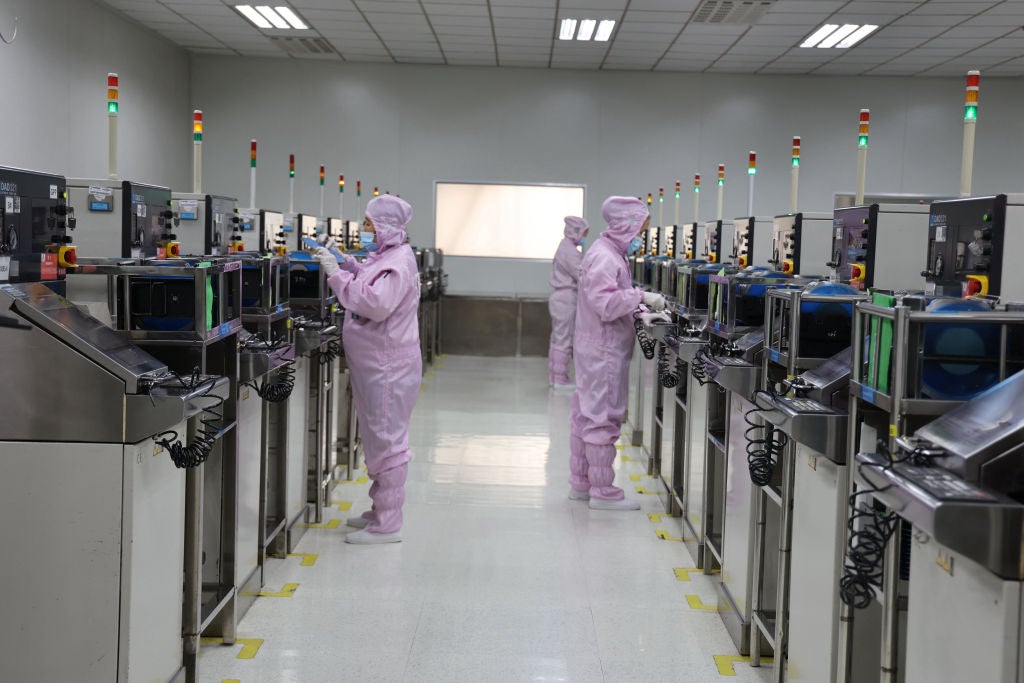
Semiconductor output in China grew by 33 per cent last year – double the growth rate in 2020 – according to government data released on Monday. While the figures represent a somewhat more independent Chinese chip industry, it’s still too early for China to declare victory in the ongoing trade war with the US amidst a worldwide chip shortage.
According to data released by China’s National Bureau of Statistics, the nation’s local companies and foreign-owned factories produced 359.4 billion integrated circuits (ICs) in 2021, up 33.3 per cent year on year (YoY). 2020 had seen Chinese IC output total 261.3 billion units.

Access deeper industry intelligence
Experience unmatched clarity with a single platform that combines unique data, AI, and human expertise.
While the figures show Chinese chip infrastructure is building, the country imported 432.5 billion ICs in 2021, at a total of $432bn – a 23.6 per cent YoY increase. China, like most countries, remains reliant on South Korea, the US, Taiwan and to some extent Japan for its semiconductors. And this does not reflect the fact that Chinese factories mostly produce more basic ICs, not the crucial advanced chips needed for powerful new technologies such as AI.
2022 chip industry outlook in China and worldwide
The figures come at the start of a year that will probably echo 2021’s supply chain tribulations. As forecast in a recent set of TMT predictions for 2022 from GlobalData, geopolitical tensions within the semiconductor industry will likely increase this year.
US chip brands rely on exports to China for, on average, 35% of their revenues and much of their future growth, while Washington seeks to contain China by controlling its access to US technology.
Tech giants such as Alibaba, Tencent and Huawei – which have all been affected by the ongoing US-China trade war – have made efforts to design their own chips in hopes of easing dependence on foreign supplies.

US Tariffs are shifting - will you react or anticipate?
Don’t let policy changes catch you off guard. Stay proactive with real-time data and expert analysis.
By GlobalDataChina remains a comparatively small player on the semiconductor stage: Taiwan-based TSMC and South korea headquartered Samsung Electronics currently supply 35% of all the world’s chips. The two companies also supply 100% of the most advanced chips from their Asian foundries.
China, which is yet to produce the most advanced ICs, does not provide a breakdown of chips made in 2021 within the statistics released this week. According to experts, despite the improved total output it’s unlikely 2022 will see any kind of quantum leap in China’s chip capabilities.
“China depends on US basic research and chip design tools,” Michael Orme, senior analyst at GlobalData and China specialist, tells Verdict.
“It has nothing to match Nvidia GPUs or the new breed of new neural architecture chips from the likes of Graphcore and Cerebras.”
In its prediction report, GlobalData forecasts the US will spend $52bn on semiconductor production over the next five years.







